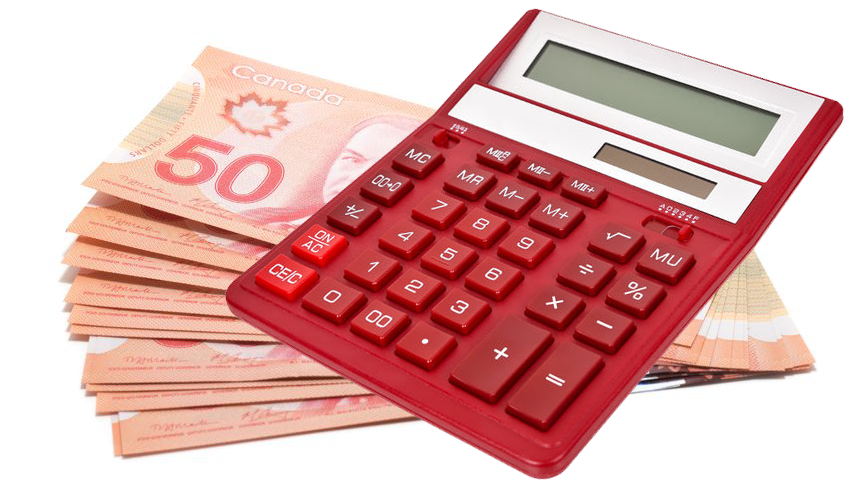If you lost money investing or loaning money to a Small Business Corporation (including your own business) you may be able to recover some of that loss as a tax refund.
Canadian tax laws are purposefully designed to reduce the risk of loss of investments or loans to small business corporations. This type of loss is called an Allowable Business Investment Loss (ABIL) which is a special type of capital loss.
It is important to note that ABILs are deductible against all other incomes in certain applicable tax years. Provided Canada Revenue Agency (CRA) has the proper proof and documentation of your loss and proper filing procedures are followed, the actual cash or tax saved could be 18% to 23% of the unrecovered amount invested or loaned depending on your marginal income tax rates. Occasionally, claims have already been made for a portion of losses by others.
Important Note:
A Small Business Corporation = a Canadian Controlled Private Corporation that uses all or substantially all of its assets in operating an active business in Canada. Usually the business has to have been active for a year but alternative compliance procedures may apply.
WHAT IS AN ABIL?
An Allowable Business Investment Loss is a claim (deduction from income) on your personal tax return that allows an investor or lender in a Canadian Controlled Private Corporation (CCPC) to claim 50% of a “business investment loss”. If a CCPC is essentially insolvent, not carrying on business, or is expected to close down, then the taxpayer can be deemed to have suffered a loss, i.e. unrecovered investment or loan if elections are filed.
HOW DOES AN ABIL WORK?
Half of the actual losses (including certain personal costs forced on shareholders such as paying for GST/HST or payroll deductions and guarantees) are deductible against all other incomes in certain applicable tax years. Although most claims will be in the immediate preceding year or may possibly be established for the current year, many claims can apply up to three years back and forward 10 years. Insufficient documentation, if you do not make an effort to get the money back, loans to a family member’s company (you need to prove there was a business purpose in mind), will encourage CRA to deny a claim. In other words, where proper documentation is in place and qualifying factors are met, a successful result is more likely. The final piece is evaluating the best outcome (refund) based on types and levels of income.
New Development:
If you are not a shareholder and did not charge interest on the loan (not necessarily receive it), it will be difficult to prove that you had intention to earn income from the loan. The loss claim could be denied for this reason. However, if you are a shareholder, loans to the company do not have to bear interest because your expectation of income is from dividends. This argument to CRA has to be carefully crafted based on the supporting documentation available.
In order to qualify for an ABIL and a potential tax refund, several factors are involved. Follow the checklist below; ensuring each of the following criteria applies to your situation.
THE 4 QUALIFIERS
Your loss was an investment or loan (shares or debt) to a private Canadian Corporation i.e. not listed on any publicly traded market;
The private Canadian Corporation must be majority owned by Canadian residents;
The business conducted by the small business corporation must be from a location in Canada and must be so called ‘active income’ (real estate rentals or portfolio investment firm is not active income). Holding companies may be eligible in certain circumstances; and
Unless you are a shareholder in the company that you loaned funds to, interest has to be charged (not necessarily paid) on the loan.
All four qualifiers above must apply in order to claim the ABIL.
For more information about qualifying for the allowable business investment loss, read our next blog post:
Will your ABIL Claim be Successful?
Get Started
Find out about our ABIL claims service here & contact us for a free consultation.


